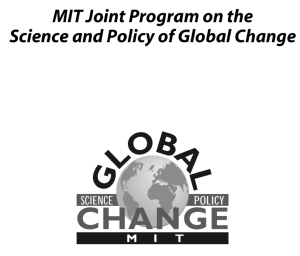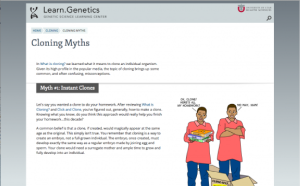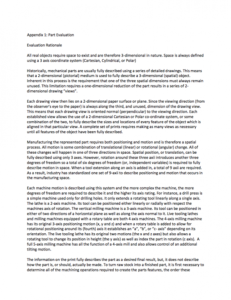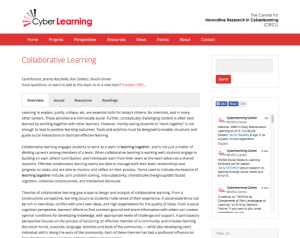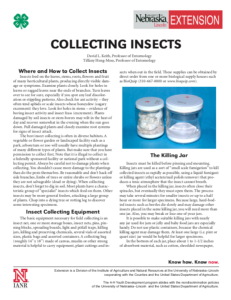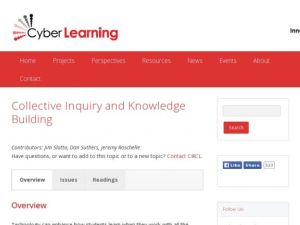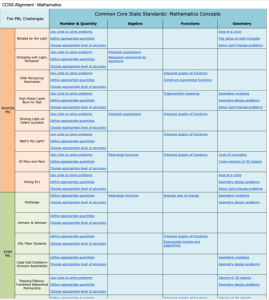Browse Resources
Resources | |
|---|---|
This checklist, created by the Centers for Disease Control's National Center for Environmental Health, was developed to guide users in creating clear, concise, and organized writing. This checklist is intended to aid users in structuring and organizing documents properly. The checklist also offers...
This paper, published by the MIT Joint Program on the Science and Policy of Global Change, explores some of the weaknesses of ocean models for climate prediction. The author discusses what role oceans play in the behavior of climate, reviews why models still do not precisely replicate the behavior...
This free resource from the University of Utah's Genetic Science Learning Center highlights common cloning misconceptions. Myths included in this short article are the idea of "the instant clone," that clones will be created at the same age as the original; the myth of "carbon copies," that clones...
This 8-page document is provided by CNC Advanced Multi-Axis Programming (CAMP) and is a review of industrial machined parts for incorporation into a CNC Multi-Axis machining and programming curriculum. Ten parts are evaluated based on a criteria that evaluates the number of setups required to...
This document is a code of best practices that helps educators using media literacy concepts and techniques to interpret the copyright doctrine of fair use. Fair use is the right to use copyrighted material without permission or payment under some circumstances especially when the cultural or social...
This page, from the The Center for Innovative Research in Cyberlearning (CIRCL), offers information on collaborative learning and its use and benefits in the classroom. The overview section specifically addresses the use of technology to promote collaborative learning among students, including "the...
This article, written by Tiffany Heng-Moss and David L. Keith, provides information on collecting, preserving, and displaying insects. The following sections are included: Where and How to Collect Insects, The Killing Jar, Insect Collecting Equipment, Using the Relaxing Jar, Using a Collecting Net,...
This page, from the The Center for Innovative Research in Cyberlearning (CIRCL), offers information on technology designs for collective inquiry and their application in the classroom in order to help students "participate in a classroom community that builds knowledge and develops shared...
This paper, by Anthony Petrosino of the University of Texas at Austin, provides "a framework for thinking about the use of models and model-based curriculum in K-12 settings." Teaching with mathematical models for space and geometry, data, measure, and probability and uncertainty are all discussed.
This webpage, provided by the New England Board of Higher Education, is a chart that aligns the Project Based Learning (PBL) Challenges with common core standards for mathematic concepts. PBL Challenges are industry-based case studies. Mathematic concepts include number and quantity, algebra,...
| |
| ← Previous | Next → |

